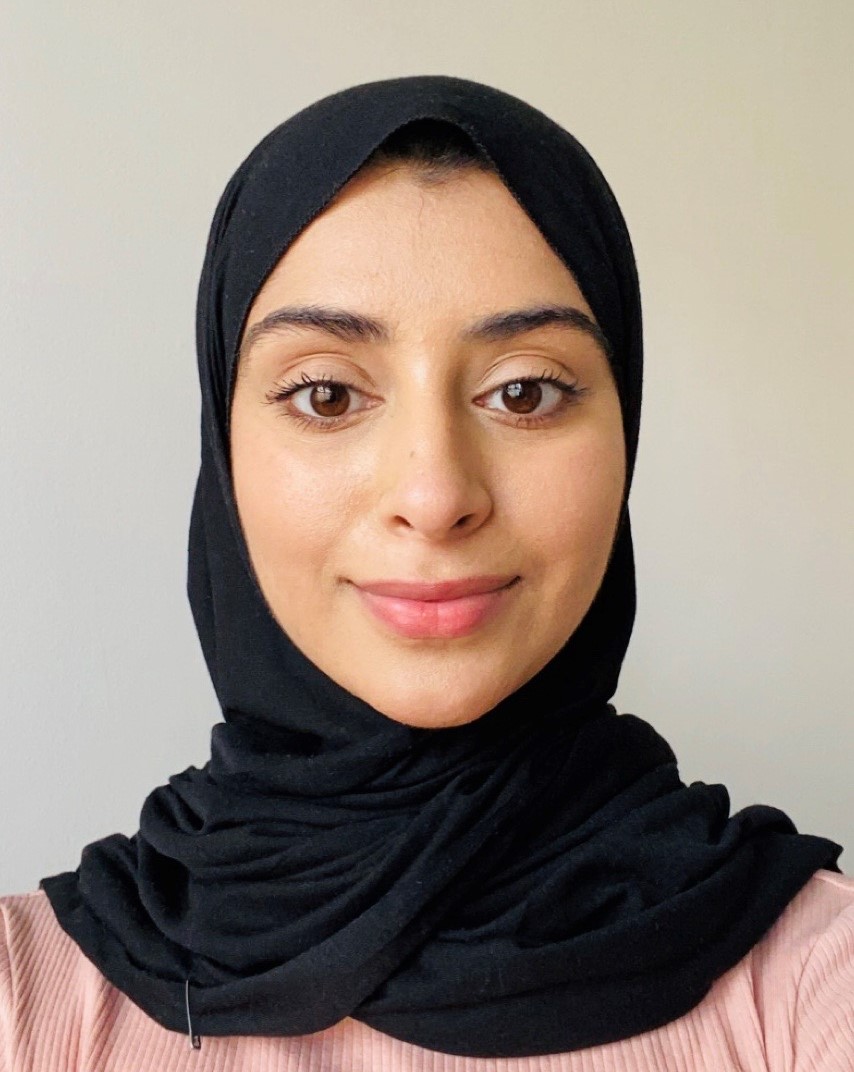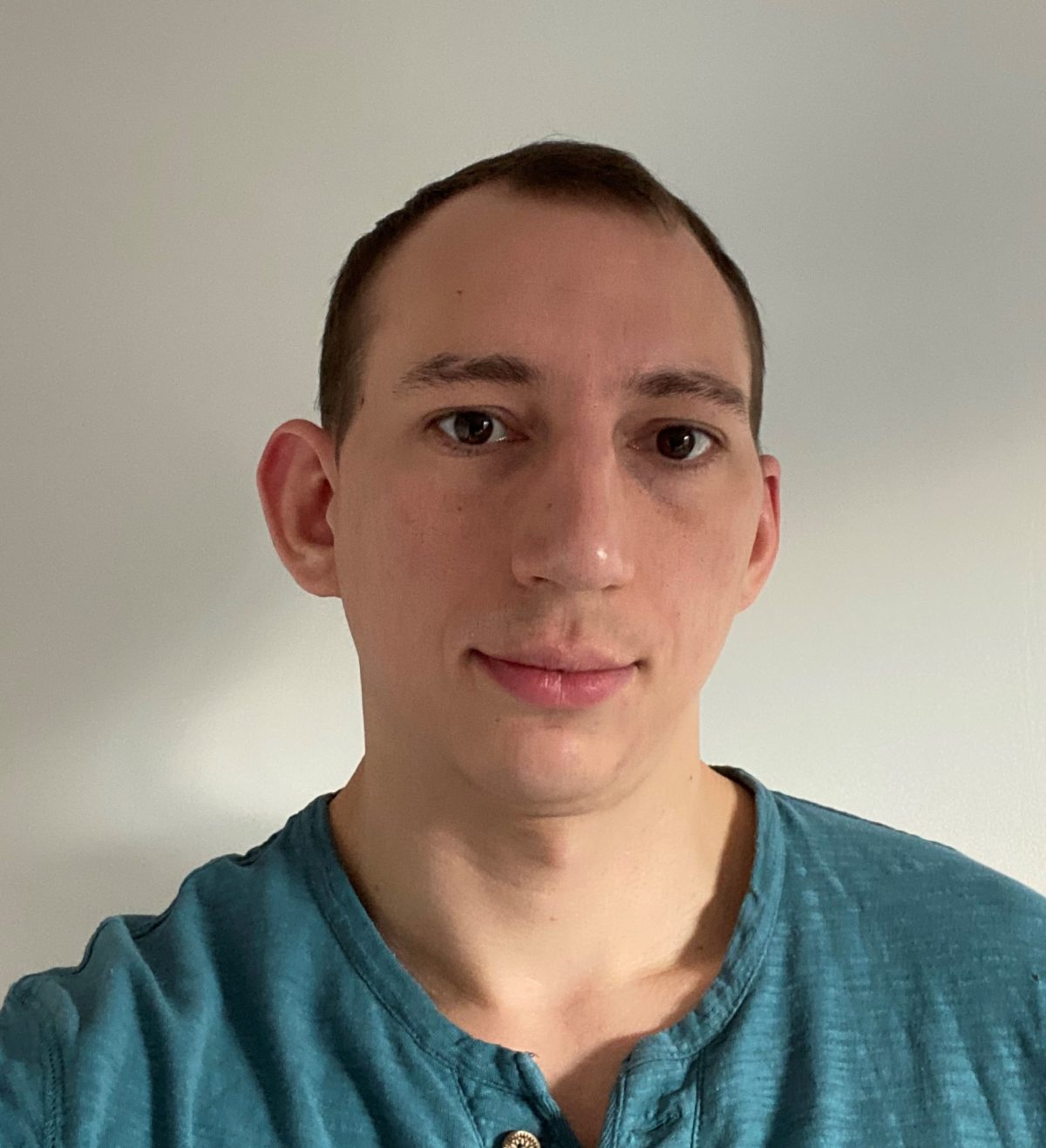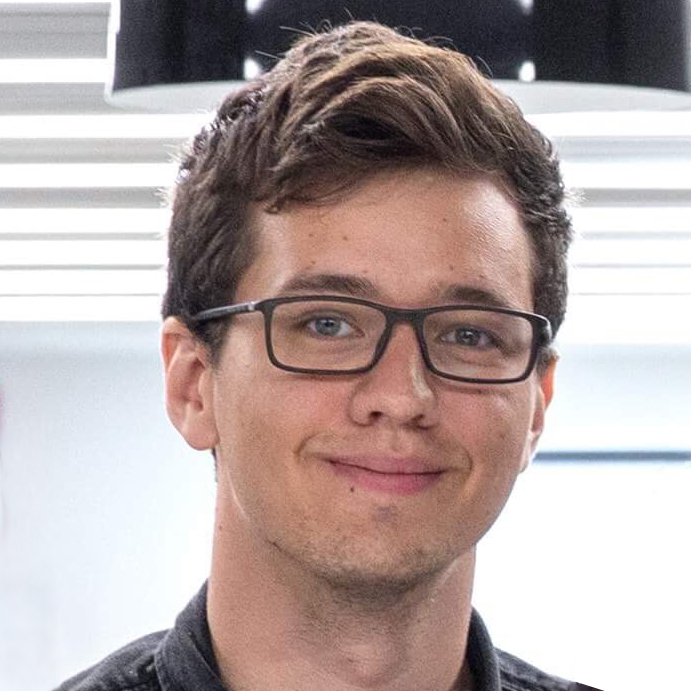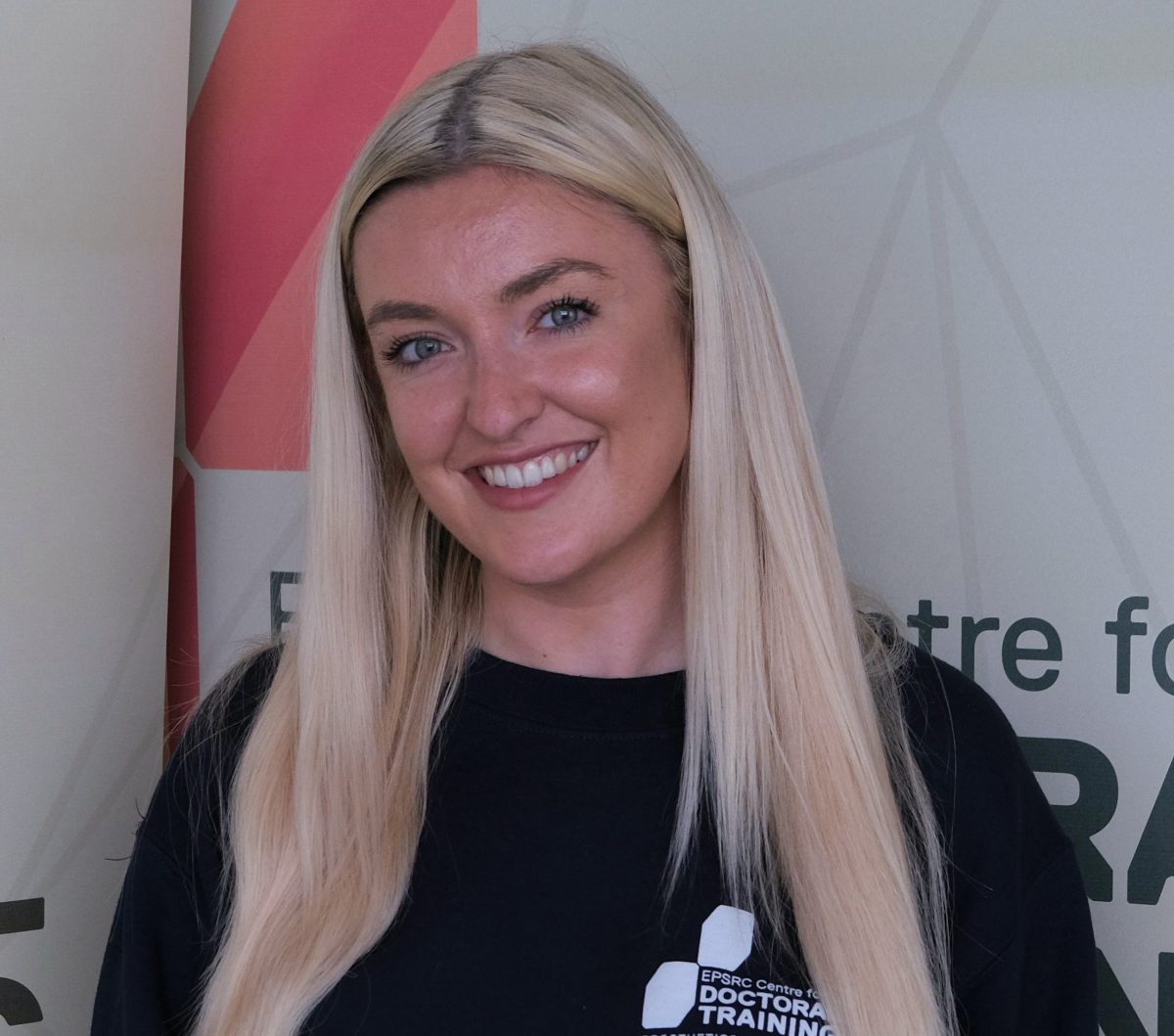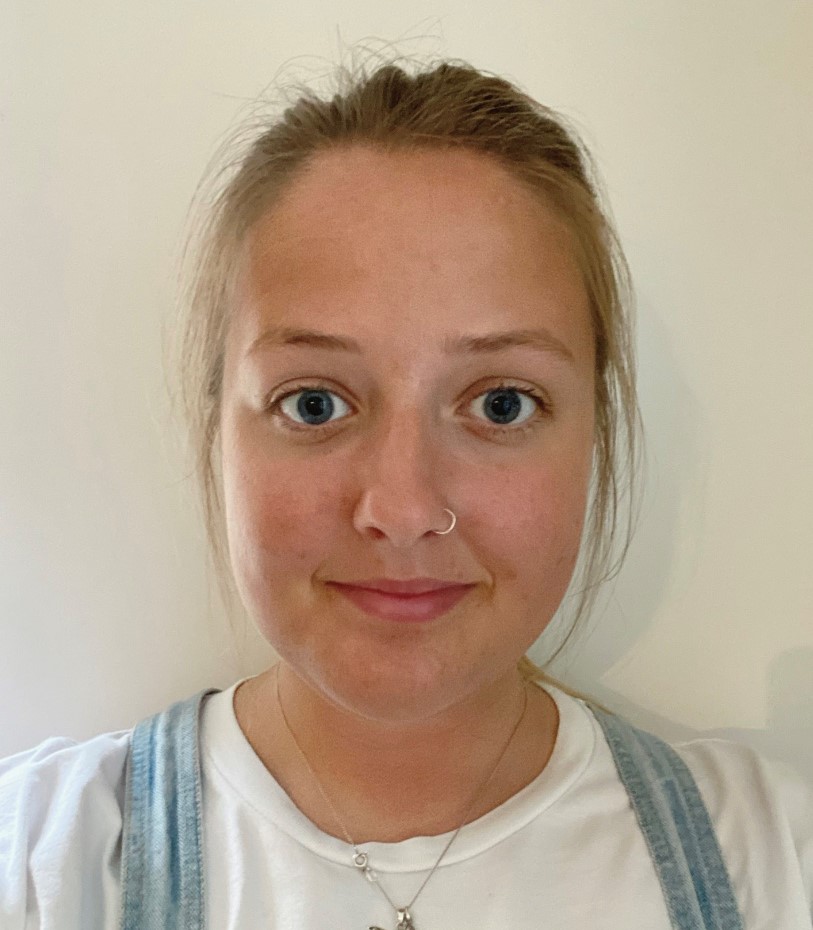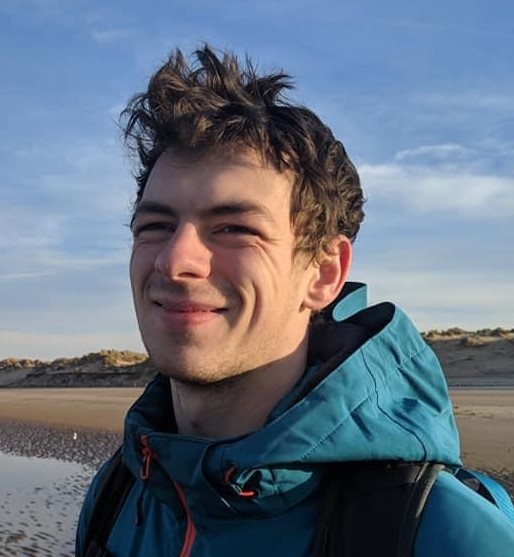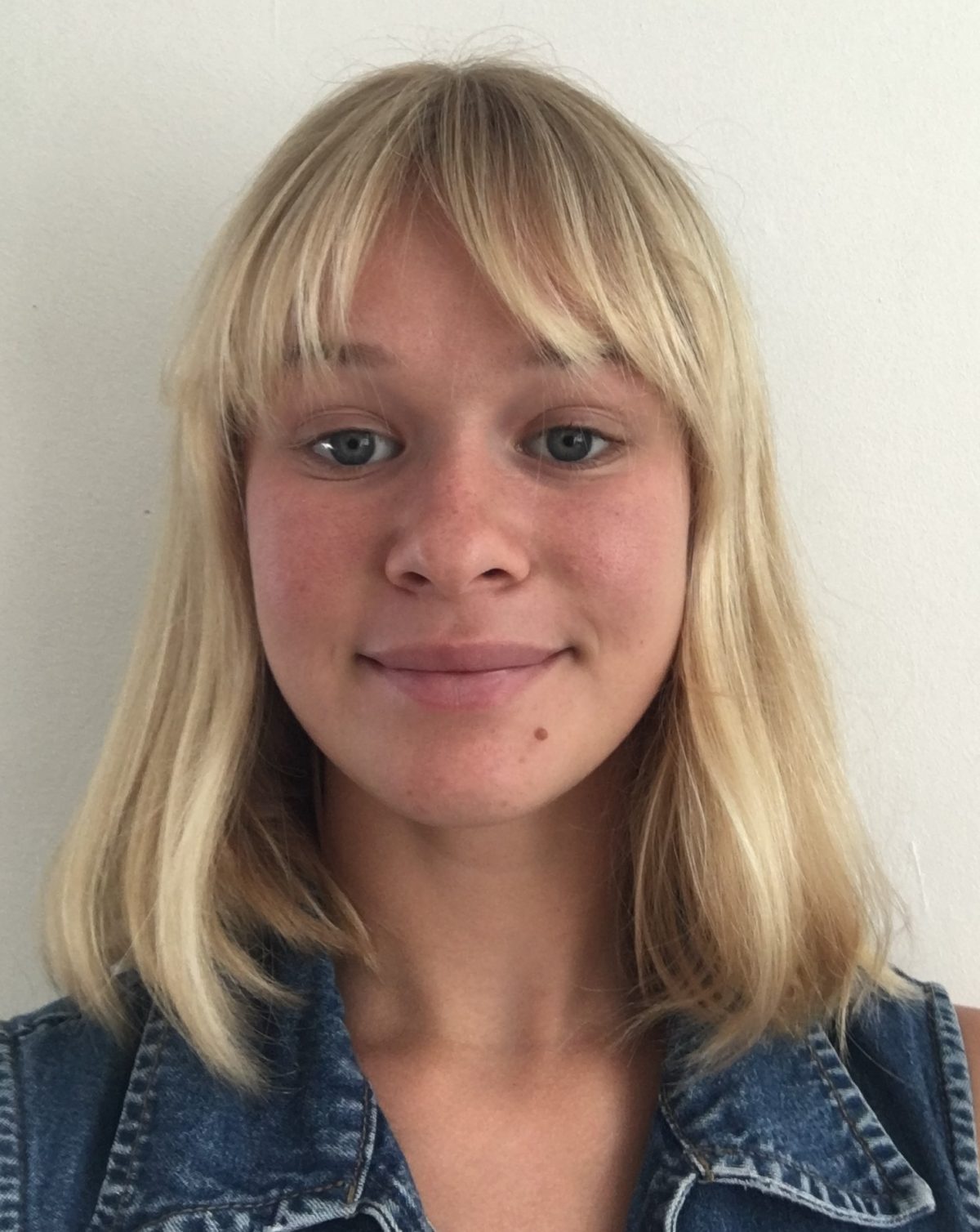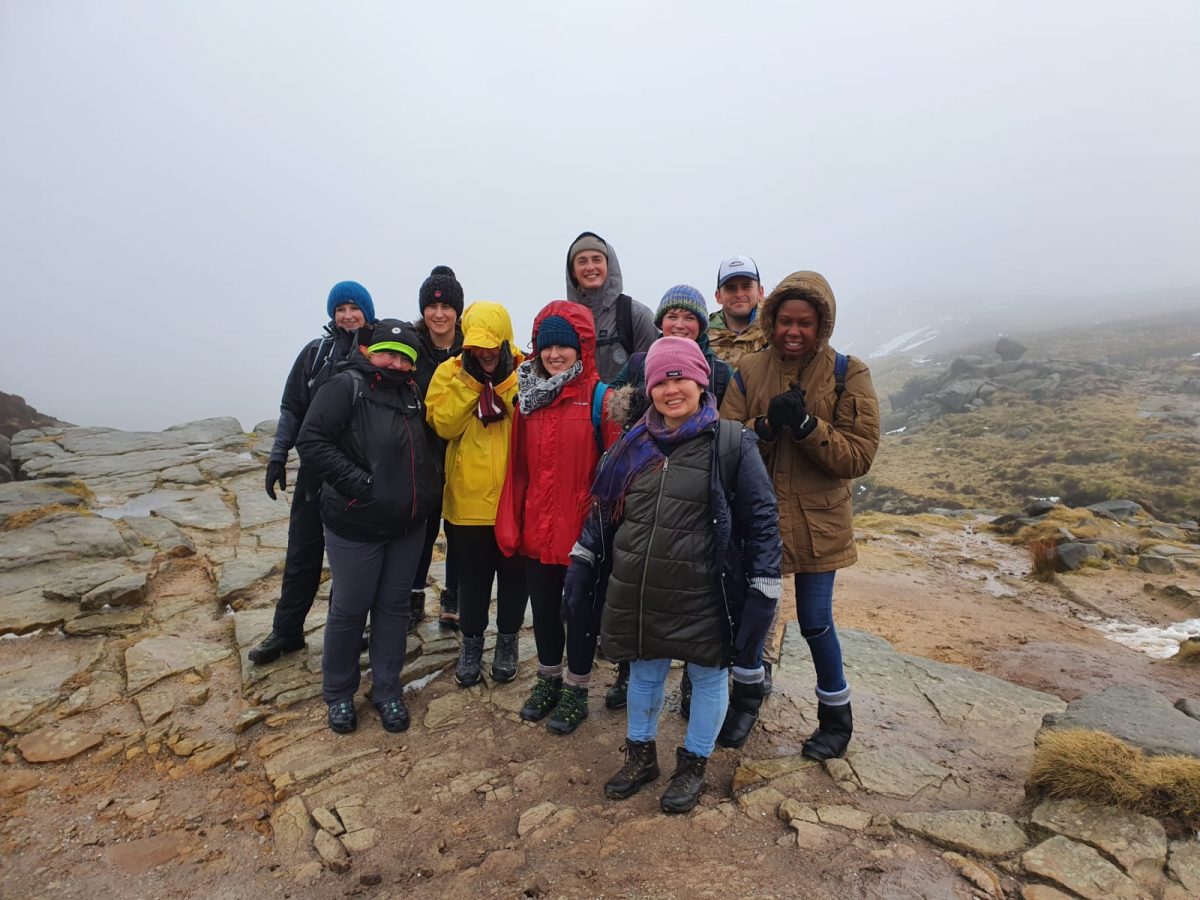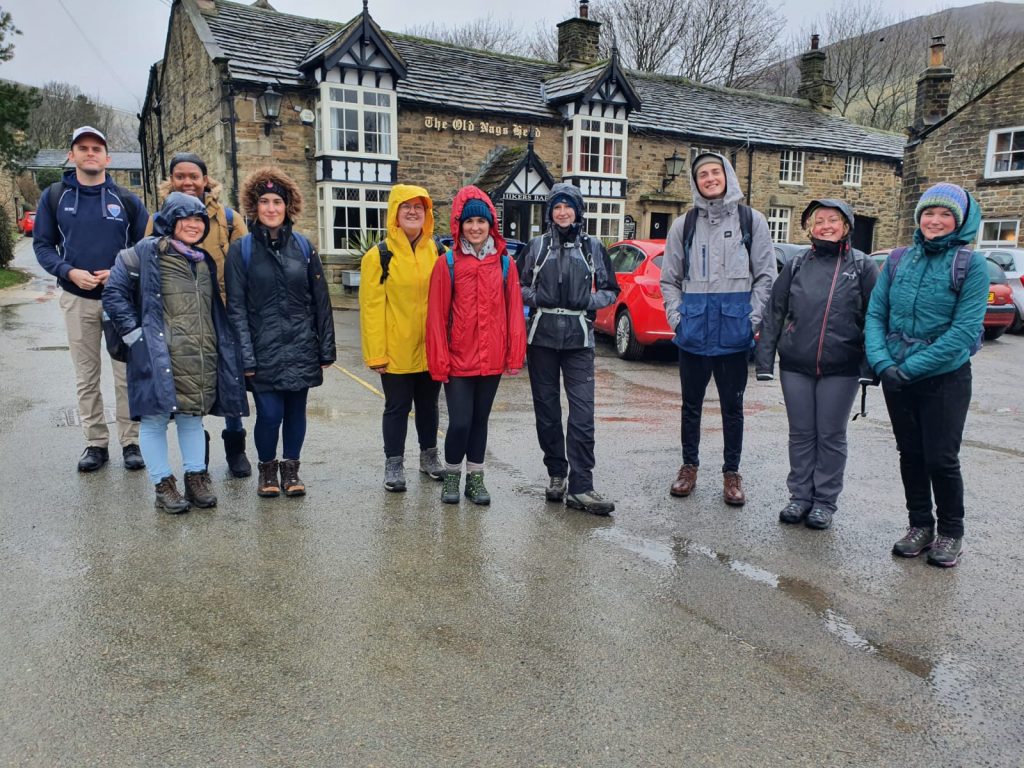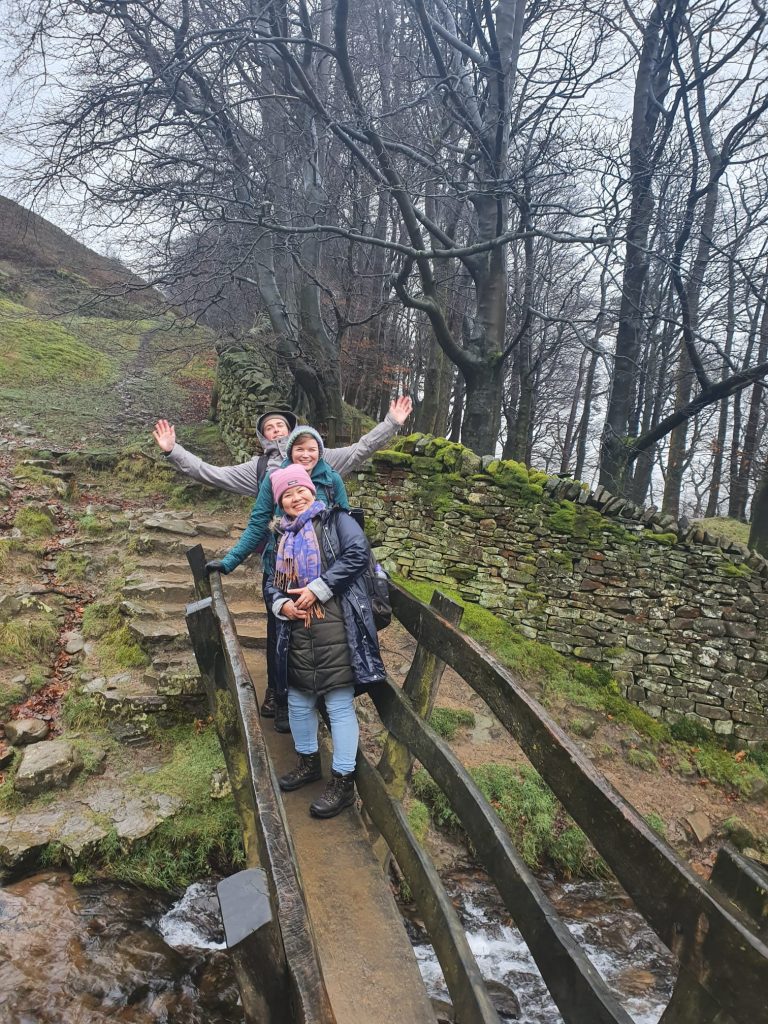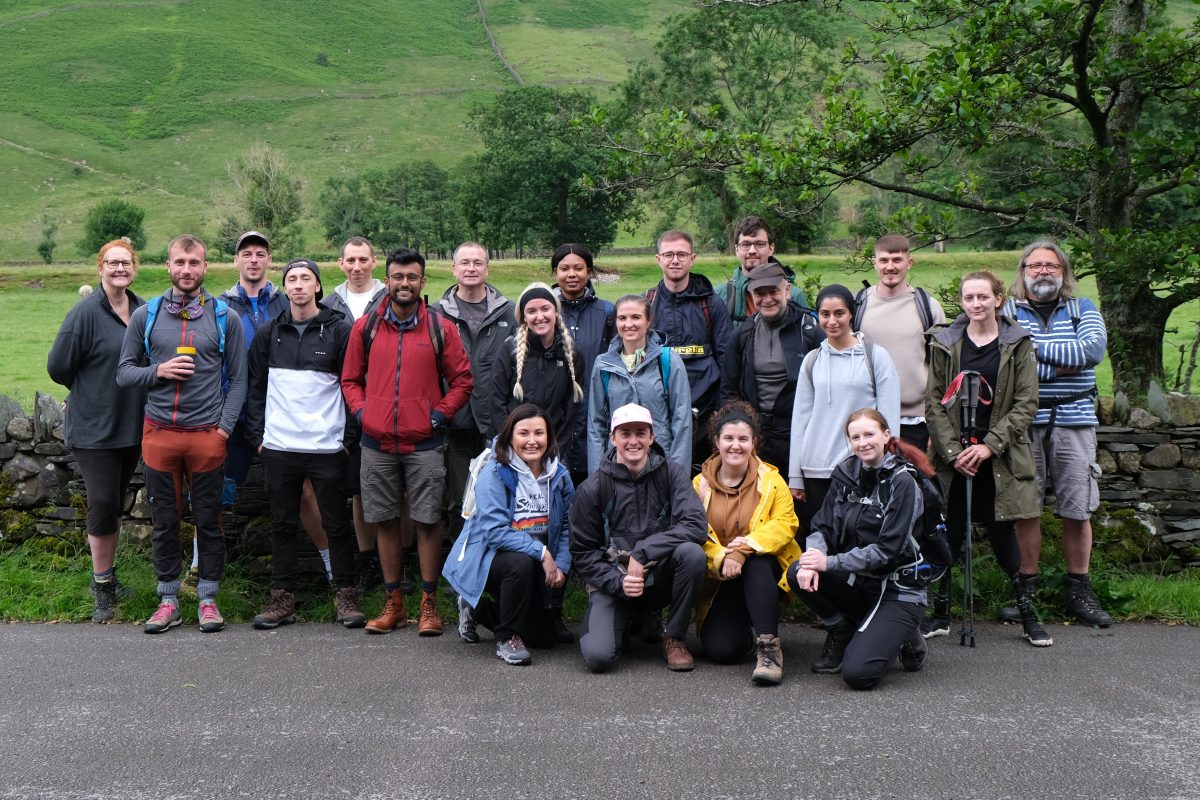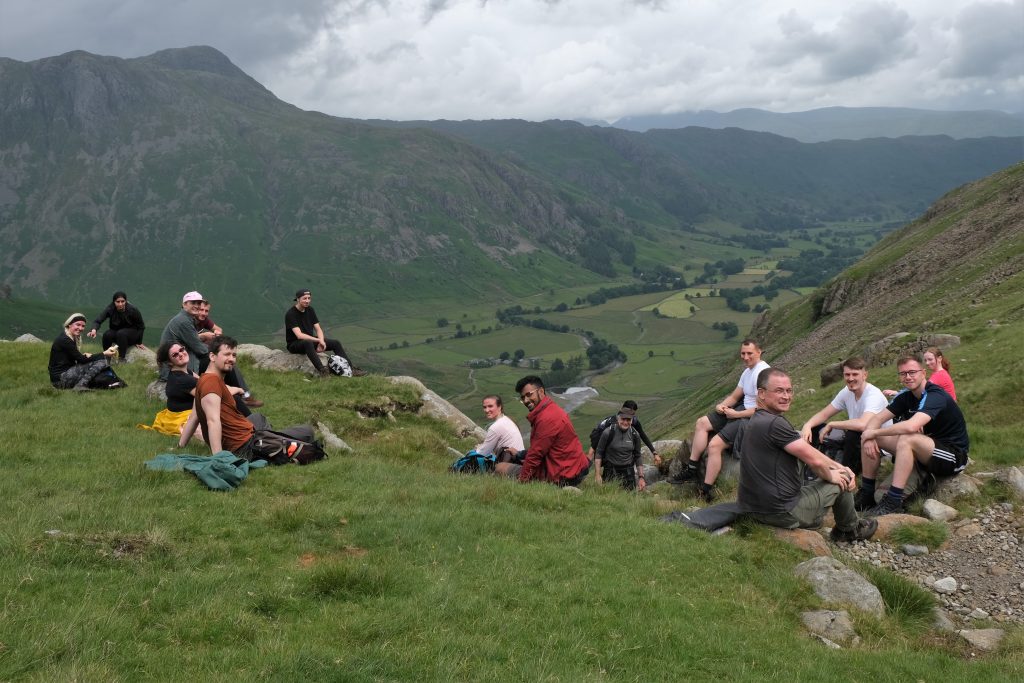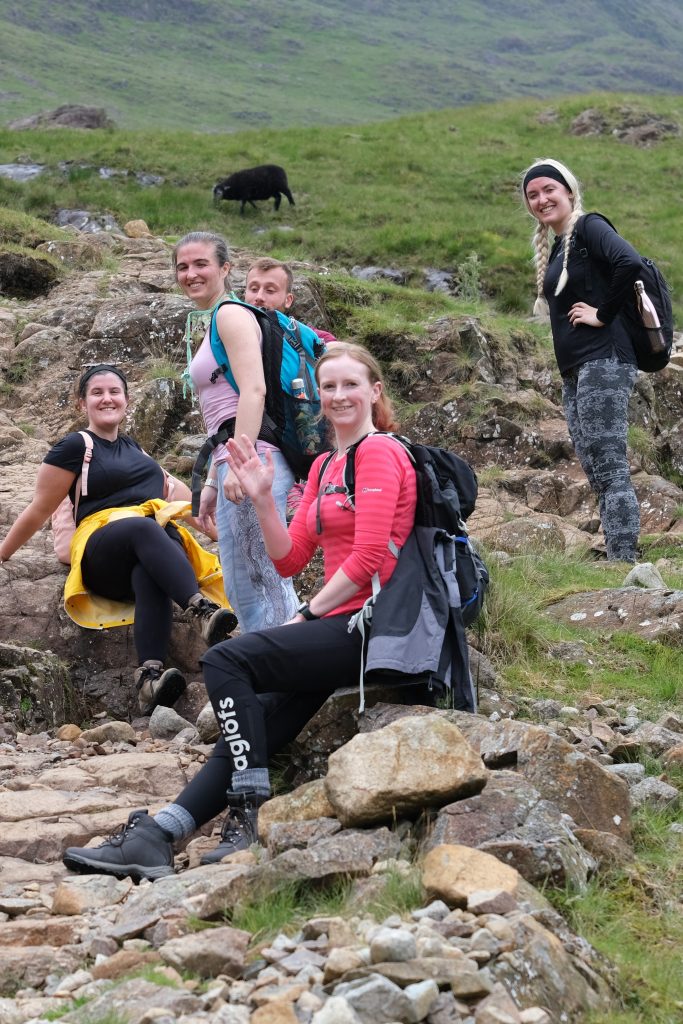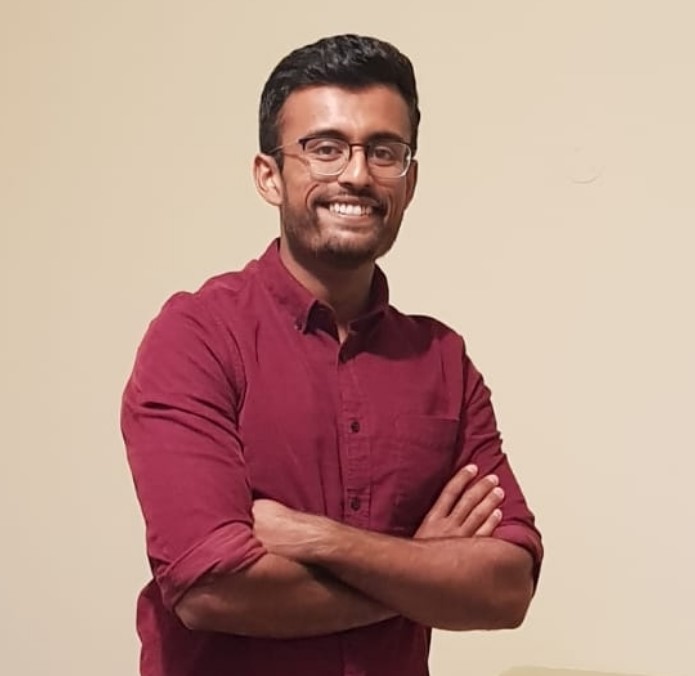Title: Bringing the assessment of biomechanical interventions into clinical practice and use in knee osteoarthritis.
Supervisors: Dr Carina Price
Professor Richard Jones
Background: The knee joint experiences higher loads therefore it is affected the most and is commonly affected by knee osteoarthritis (KOA). There is no cure for knee osteoarthritis therefore its management is crucial. Biomechanical interventions such as orthotic devices are commonly recommended to prevent the progression of the disease. However, not all patients experience a decrease in EKAM which is an important objective of biomechanical interventions. An increased EKAM is linked to decrease in function and progression of knee osteoarthritis. Gold standard methods such as 3D marker-based motion capture are used to assess the effects of biomechanical interventions. However, there are many limitations of marker-based systems, they are inaccessible to clinicians as well as expensive. Alternative methods are required to objectively assess interventions in clinic without expensive and time-consuming systems. Plantar pressure measurement systems can be used to evaluate interventions instead of gait laboratories, this is a common method of assessment in diabetic patients. Another potential alternative method to assess the effects of interventions is markerless motion capture systems.
Aim: Assessing the ability of plantar pressure and markerless systems to identify biomechanical responders (decreased EKAM) compared to 3D marker-based systems. To explore the reliability of the different systems and their feasibility to assess an intervention. This will help to identify an objective lower-cost system for the assessment of interventions in knee osteoarthritis patients in clinic.

